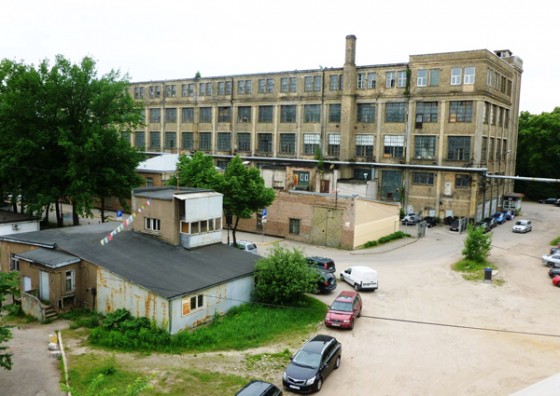With its transition from a socialist planned economy to a market economy characterised by globalisation and digitalisation, Latvia shares the fate of all Central and Eastern European transitional states: new, post-industrial work and living environments that also require altered settlement types, urban spaces and built structures are displacing previous, antiquated methods of industrial production. While the former are being created by a wide spectrum of investors, the legacy of the now bygone era remains as part of the cityscape. Countless buildings – factories, railway depots, barracks, waterfront warehouses, even department stores and cinemas – await an uncertain future, often on extensive grounds. Or ready for new uses, as soon as an interested party with a corresponding imagination turns his hand to the vacant, run-down, but by no means always dilapidated building shells.
Wherever structural transformation has left its traces, experiences with functional repurposing of superfluous surfaces and spaces are now being collected. Everywhere, artists and creative professionals have distinguished themselves as pioneers in this –largely informal – process of urban appropriation. In Riga as well, primarily representatives of the culture industries are the ones seeking such adventures with abandoned commercial spaces.
A network with the label Empty Spaces will now bring together dispersed initiatives. The five projects assembled previously under the sponsorship of the Goethe-Institut Riga, do not lend themselves easily to comparison. But in their differences they render the entire spectrum of conditions visible in which new or interim users must find their way under the specific circumstances of Latvia “after the crisis.”


